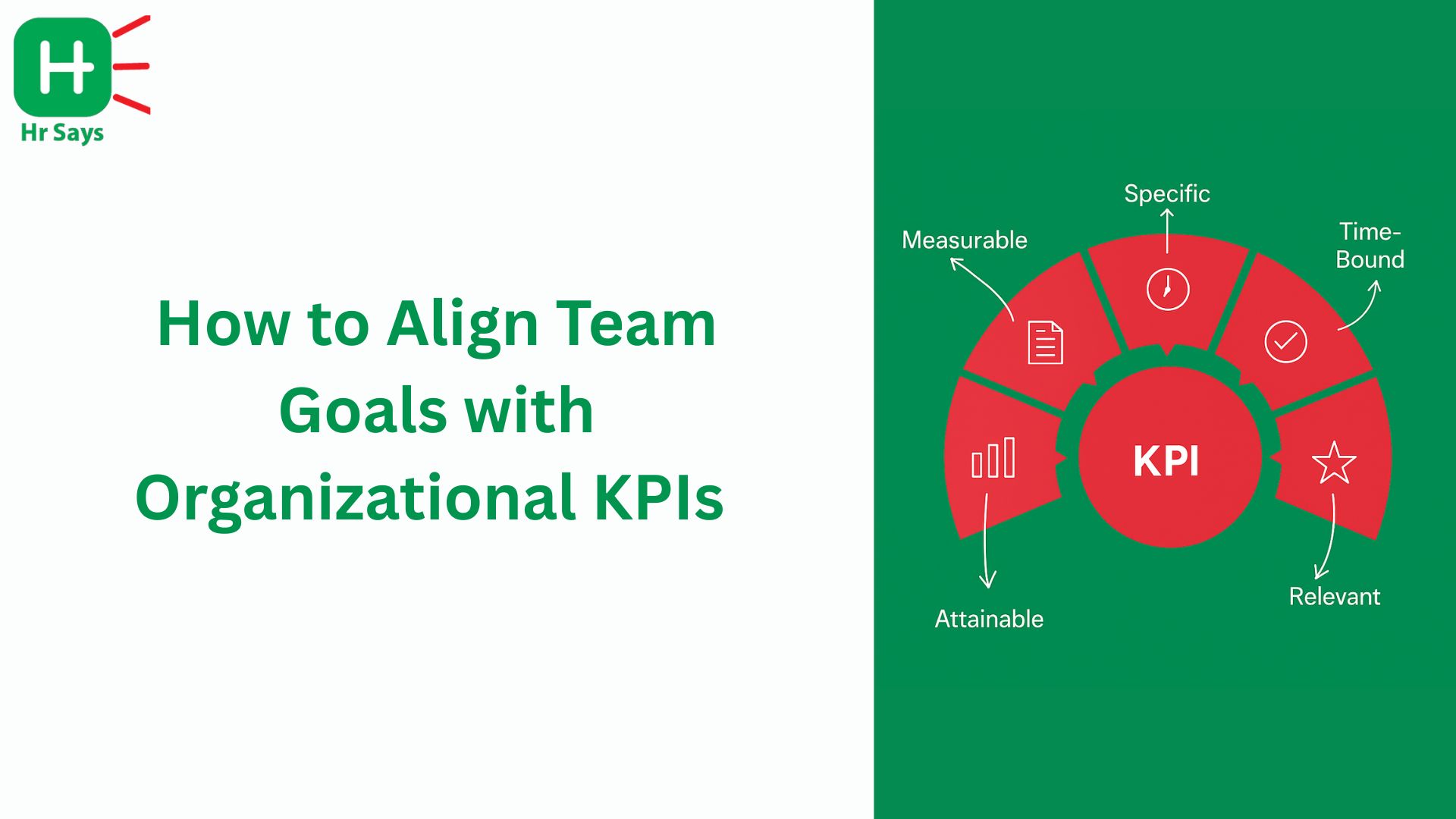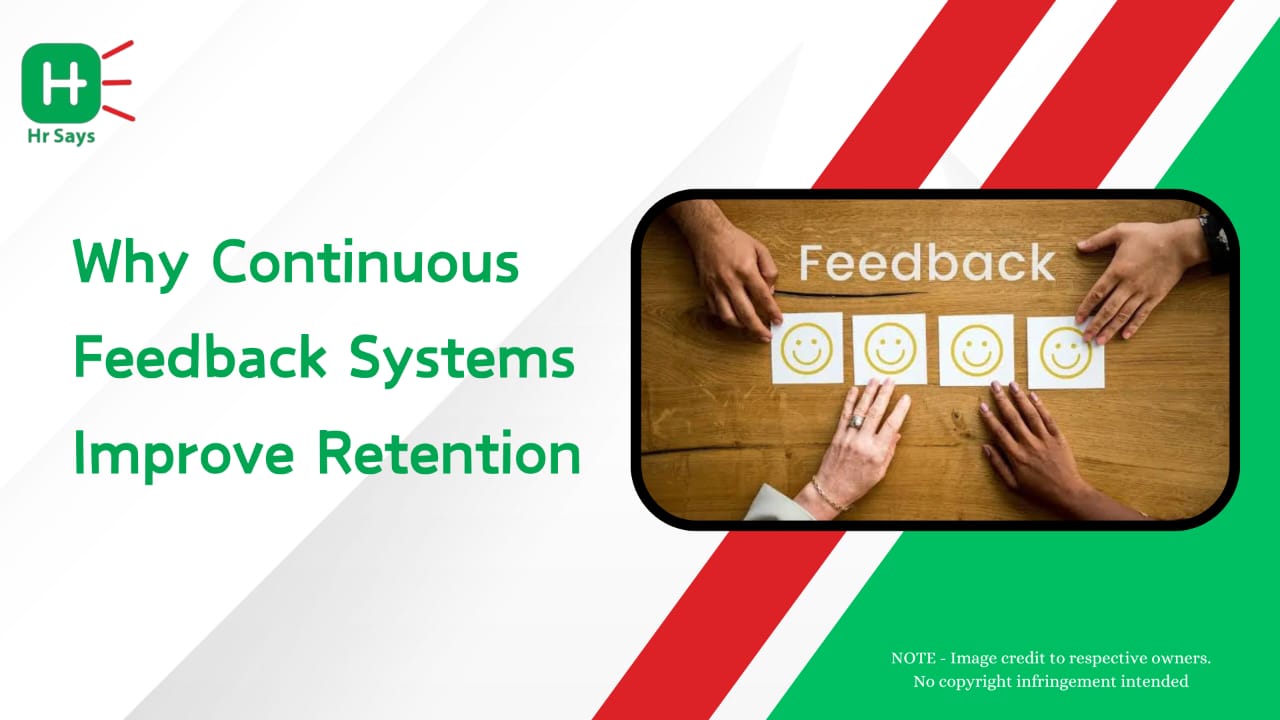Have you ever asked yourself why it is a hard task to deal with people who work in manufacturing more than any other type of industry? HR departments are typically overworked due to the lack of labor force, safety standards and the lack of professional skills. However, there are businesses that have discovered feasible solutions of transforming these problems into advantages.
The Human Side of Manufacturing
A worker who ensures that production keeps progressing stands behind all the machines. However, the retention and attraction of such workforce has become more difficult. HR leaders of manufacturing are challenged with such problems:
● High employee turnover due to long shifts and repetitive work
● Skill shortages caused by automation and aging labor
● Low engagement because of limited career growth
● Safety concerns that affect both morale and productivity
These issues can impact output and reputation if left unresolved. The key lies in addressing the human side of operations with empathy and strategy.
Workforce Shortages and Retention Gaps
The manufacturing sector often struggles to find and keep skilled labor. Younger generations view factory work as outdated. Meanwhile, experienced workers are nearing retirement. HR teams must rethink their approach.
Solutions that work:
● Build apprenticeship programs that combine technical and soft skills training
● Offer career progression pathways to motivate long-term commitment
● Foster a positive workplace culture that values contribution and feedback
● Introduce flexible scheduling to improve work-life balance
Retention improves when employees feel seen and supported, not just managed.
Skill Development in the Age of Automation
Automation has transformed factory floors. However, without the right skills, technology can create more confusion than efficiency. Upskilling and reskilling have become essential HR functions.
Strategies for HR leaders:
● Invest in on-site technical training for both new and existing staff
● Collaborate with vocational institutes to build future-ready talent
● Implement cross-training to increase workforce flexibility
● Encourage a continuous learning mindset across departments
When training becomes part of the company culture, performance and confidence rise together.
Safety and Compliance Challenges
Manufacturing work involves risks—from heavy machinery to chemical handling. Maintaining workplace safety is both a moral and legal responsibility. HR plays a vital role here, not just compliance officers.
Practical solutions include:
● Conducting regular safety audits and workshops
● Encouraging employee reporting systems for near-misses
● Promoting a safety-first culture through visible leadership involvement
● Using digital safety tools to track and reduce incidents
A safe environment doesn’t just prevent injuries; it builds trust and loyalty.
Employee Engagement and Communication
Engagement often fades when communication breaks down. HR needs to bridge management and workers effectively.
To improve engagement:
● Use open-door policies and feedback platforms
● Recognize achievements through reward systems
● Promote team-building activities beyond production lines
● Create transparent communication channels across shifts
When employees feel heard, productivity naturally follows.
Conclusion
Human Resource Management in manufacturing is evolving rapidly. The focus has shifted from control to collaboration, from compliance to care. By prioritizing skill development, safety, and engagement, HR can build stronger, more resilient teams that power the industry forward.
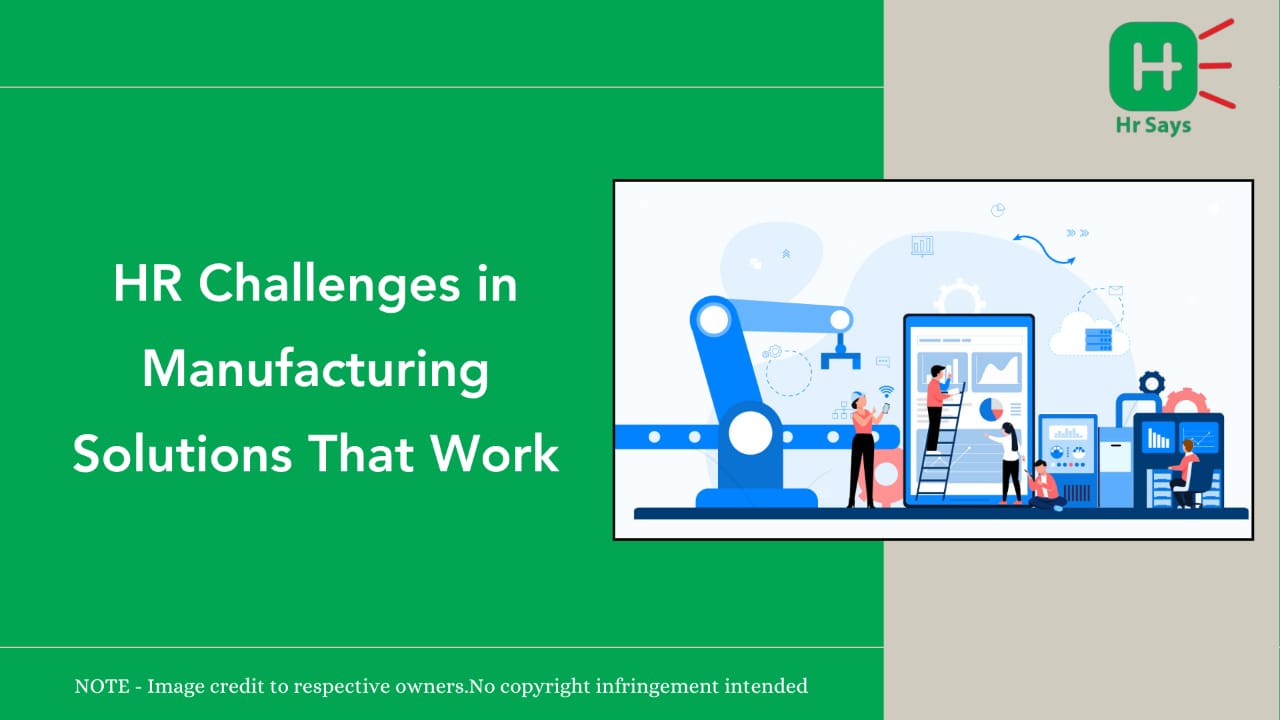
 The manufacturing industry faces workforce shortages, safety risks, and skill gaps. This blog
explores effective HR strategies such as training, employee engagement, and safety culture to
address these challenges and sustain long-term productivity.
The manufacturing industry faces workforce shortages, safety risks, and skill gaps. This blog
explores effective HR strategies such as training, employee engagement, and safety culture to
address these challenges and sustain long-term productivity.




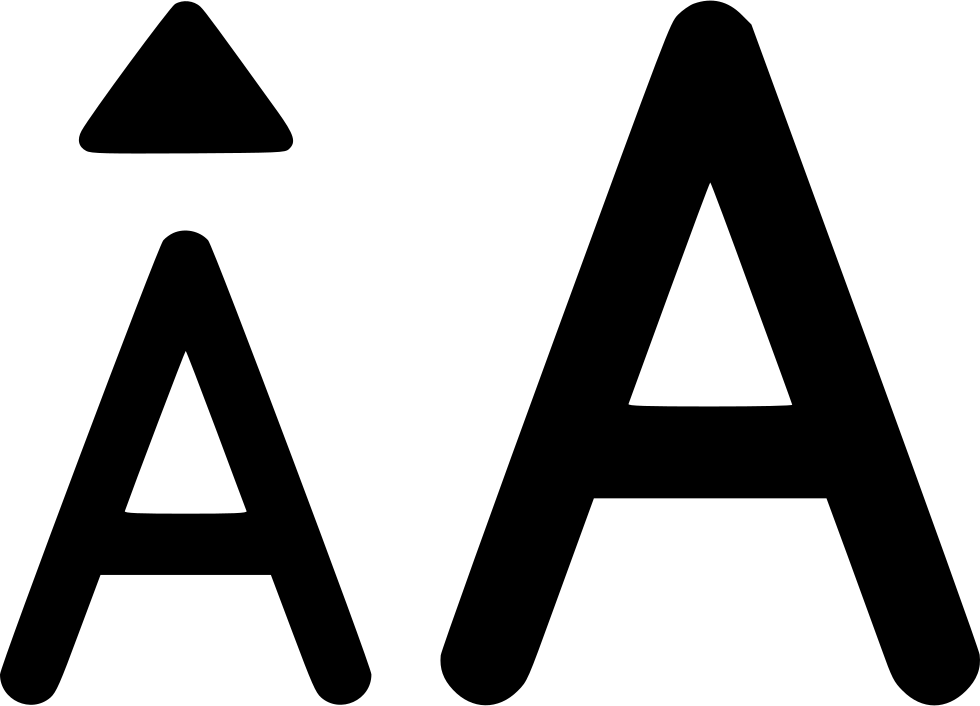



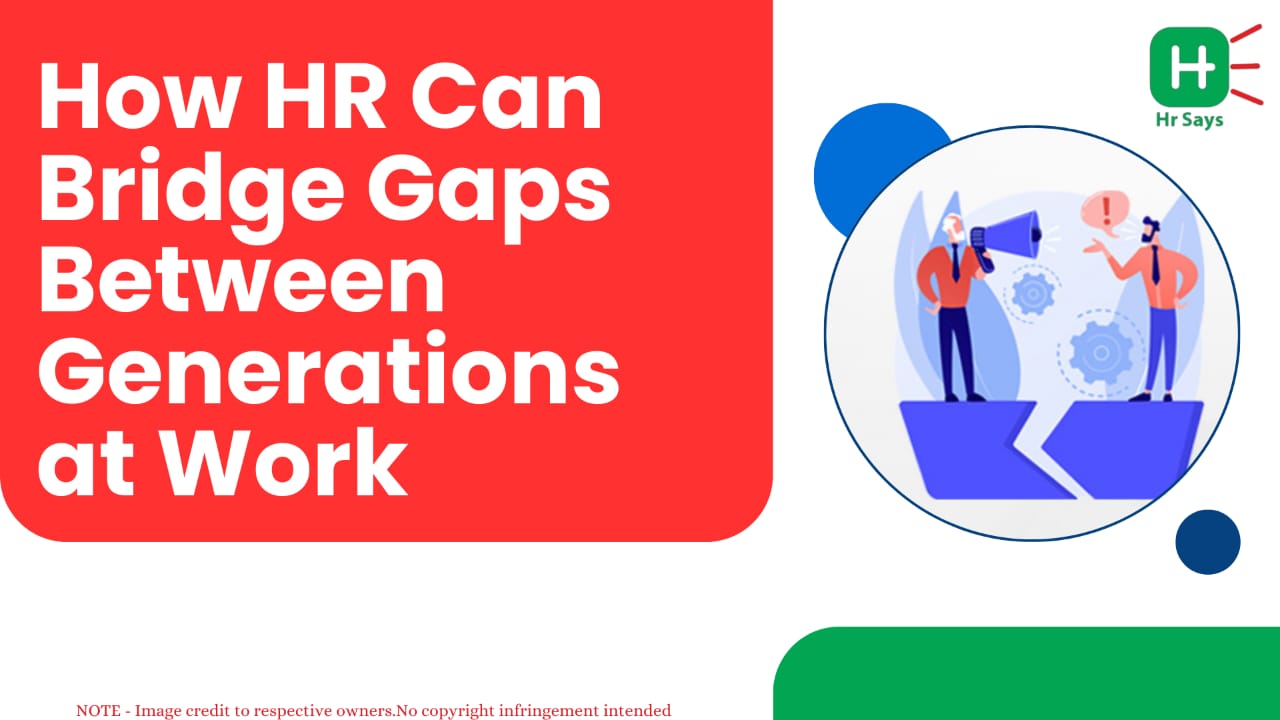
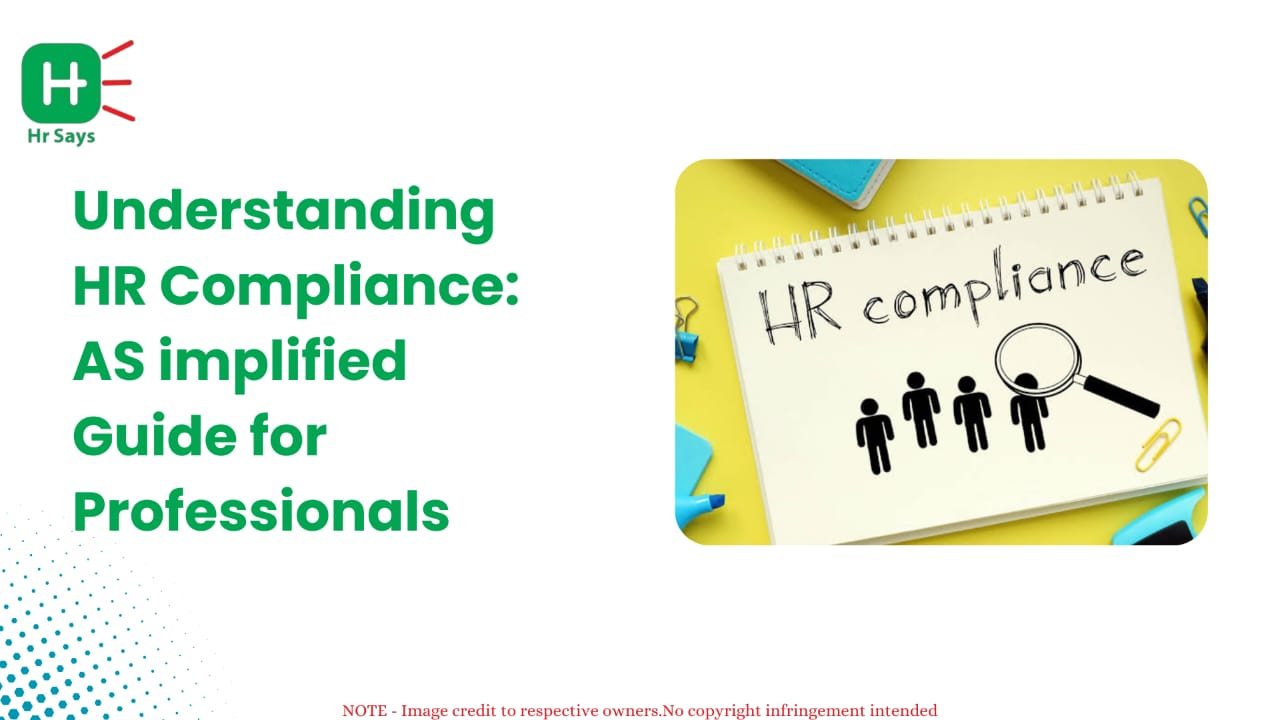
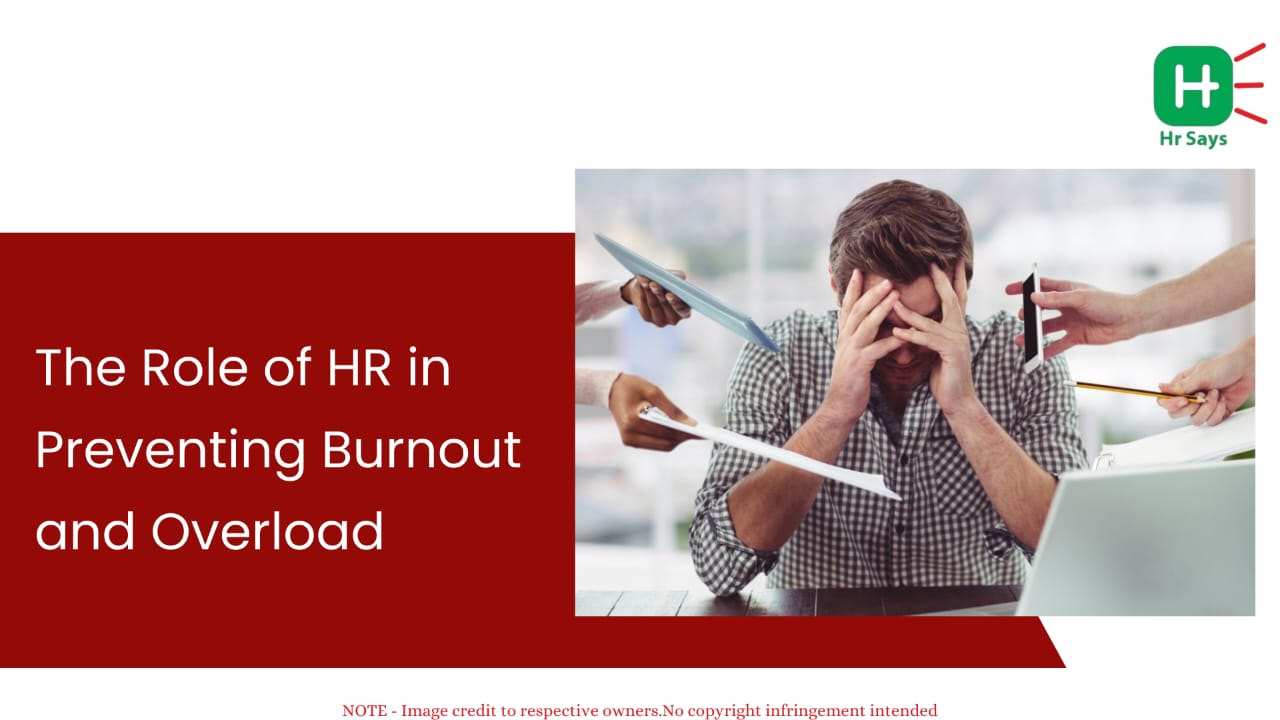
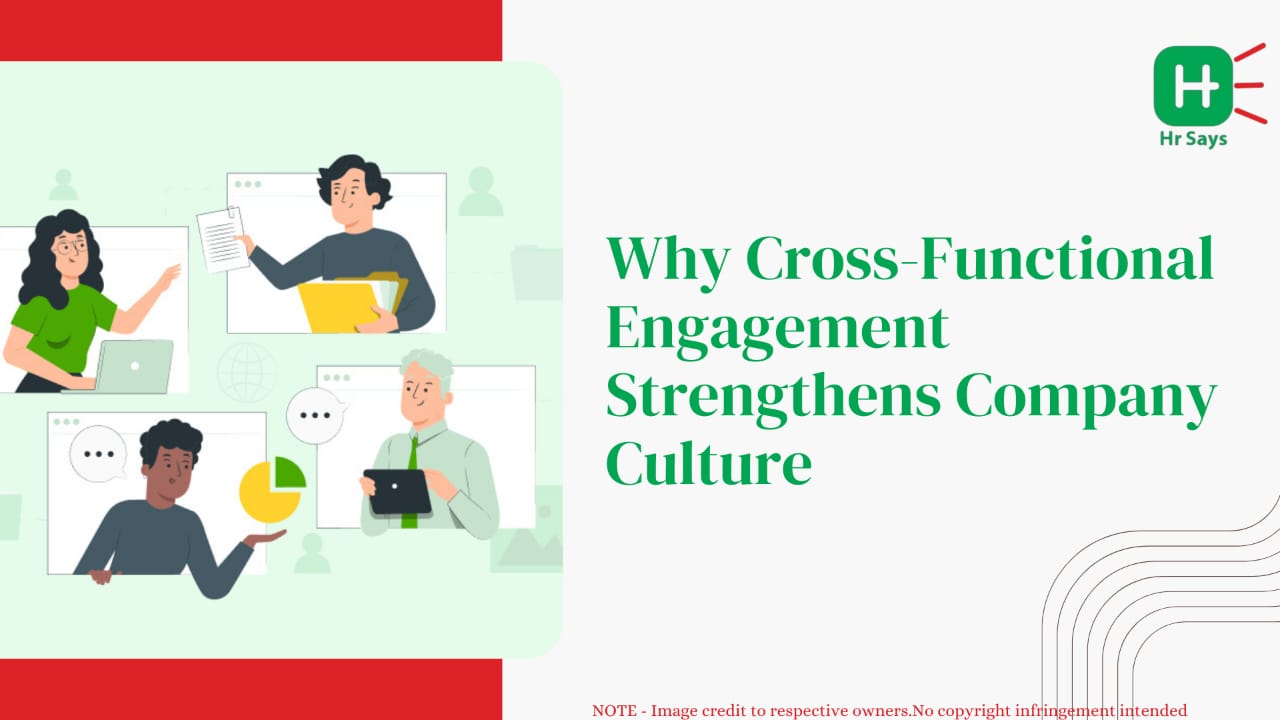

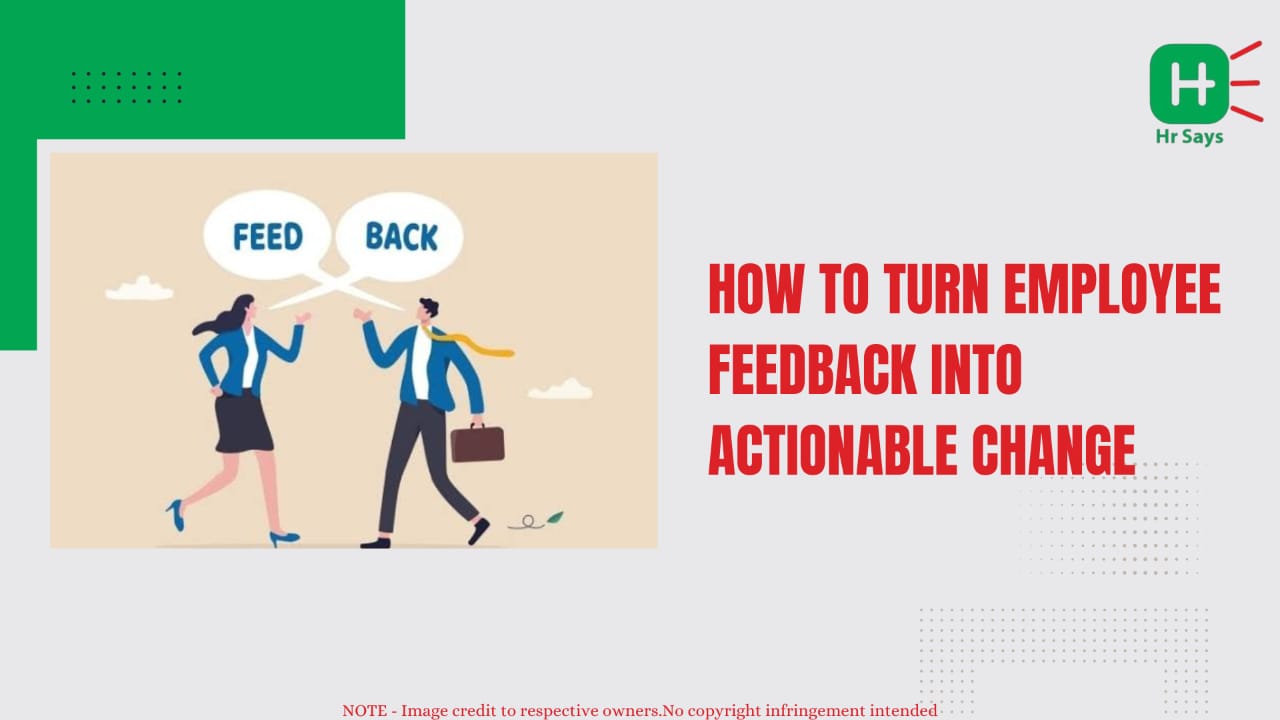
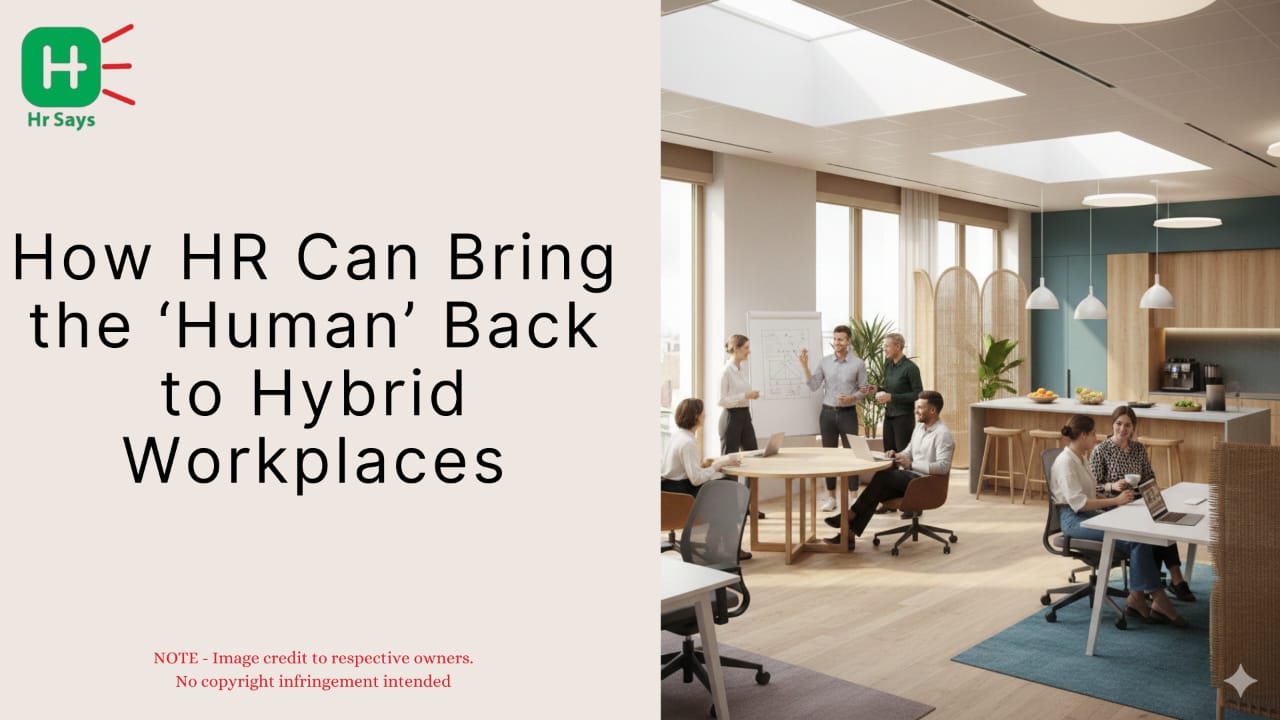
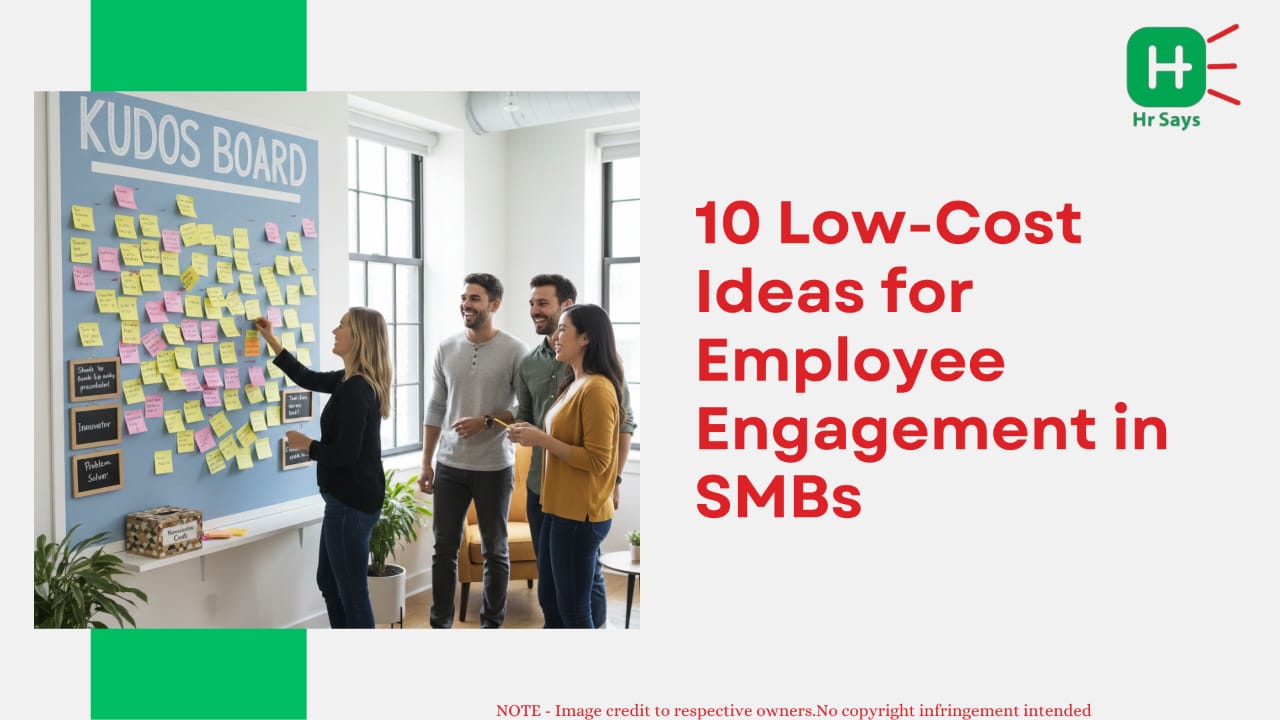
.jpeg)
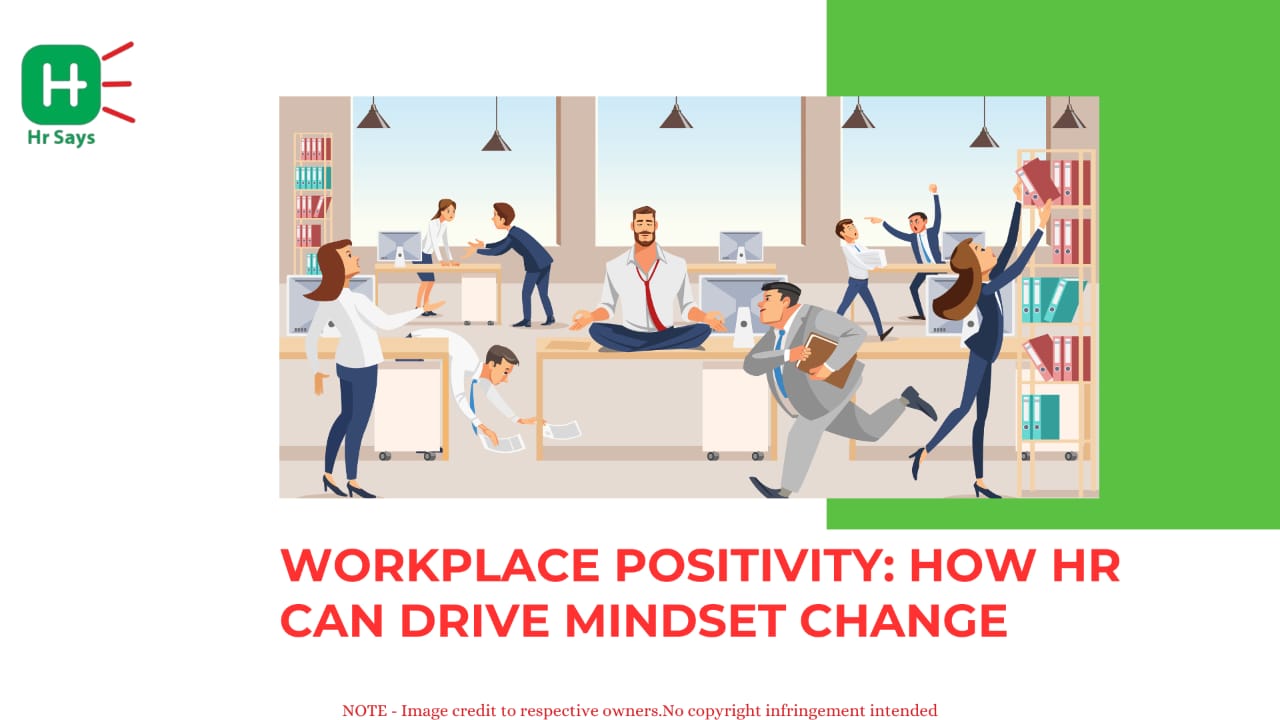
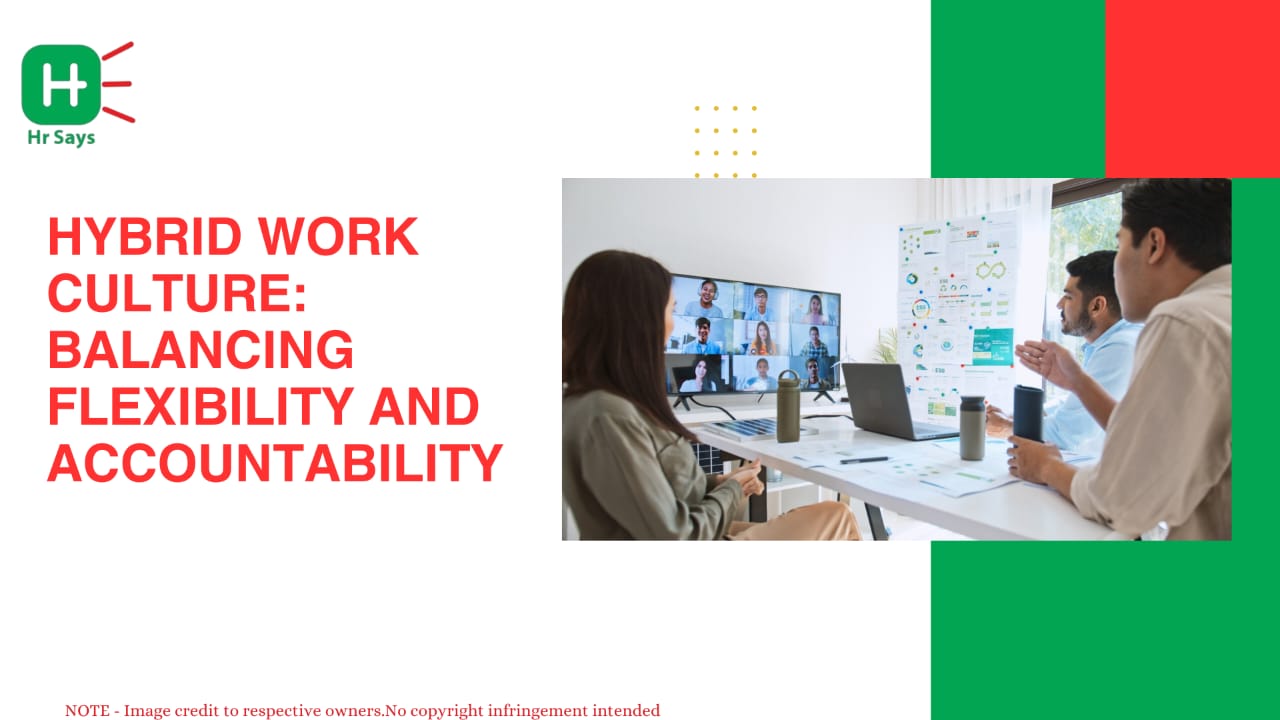

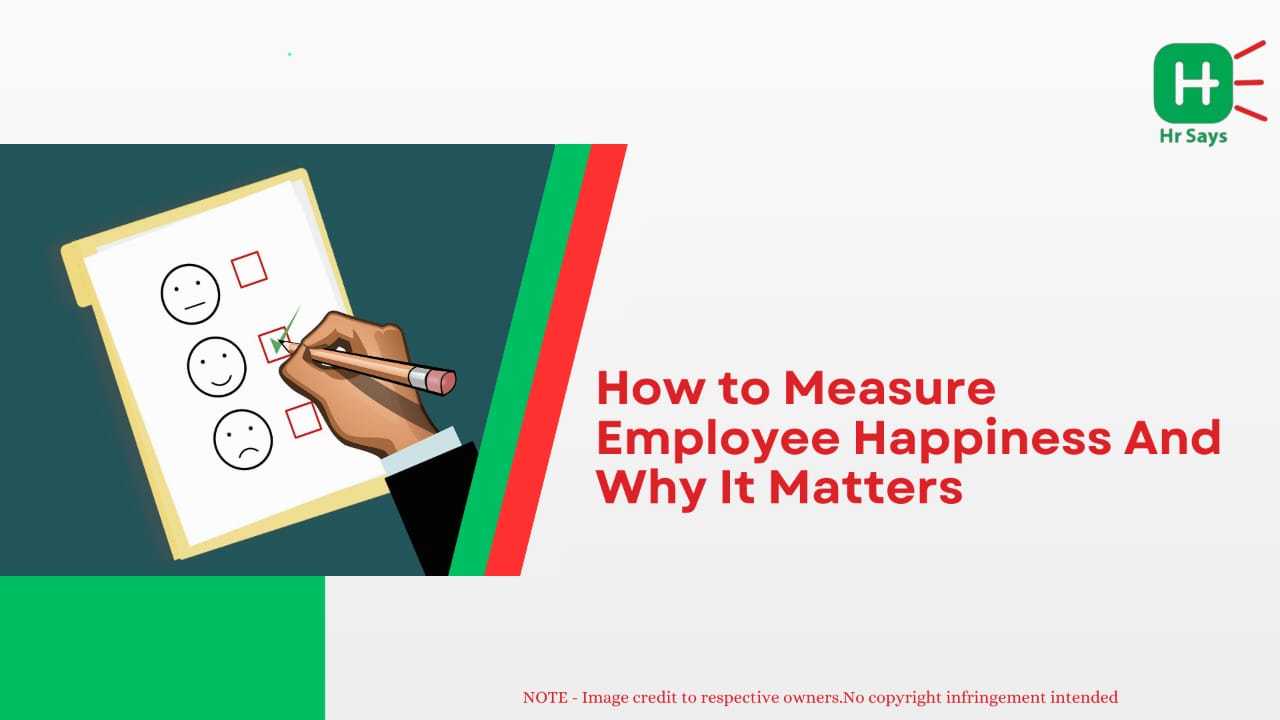

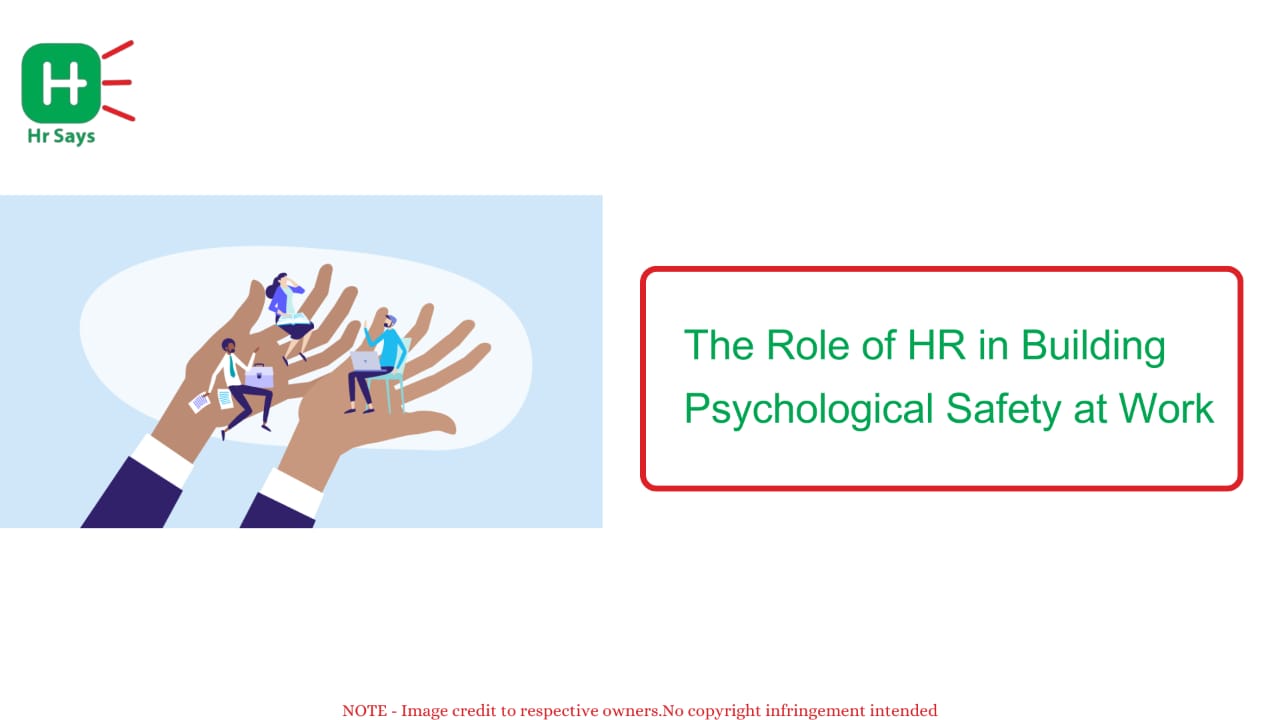
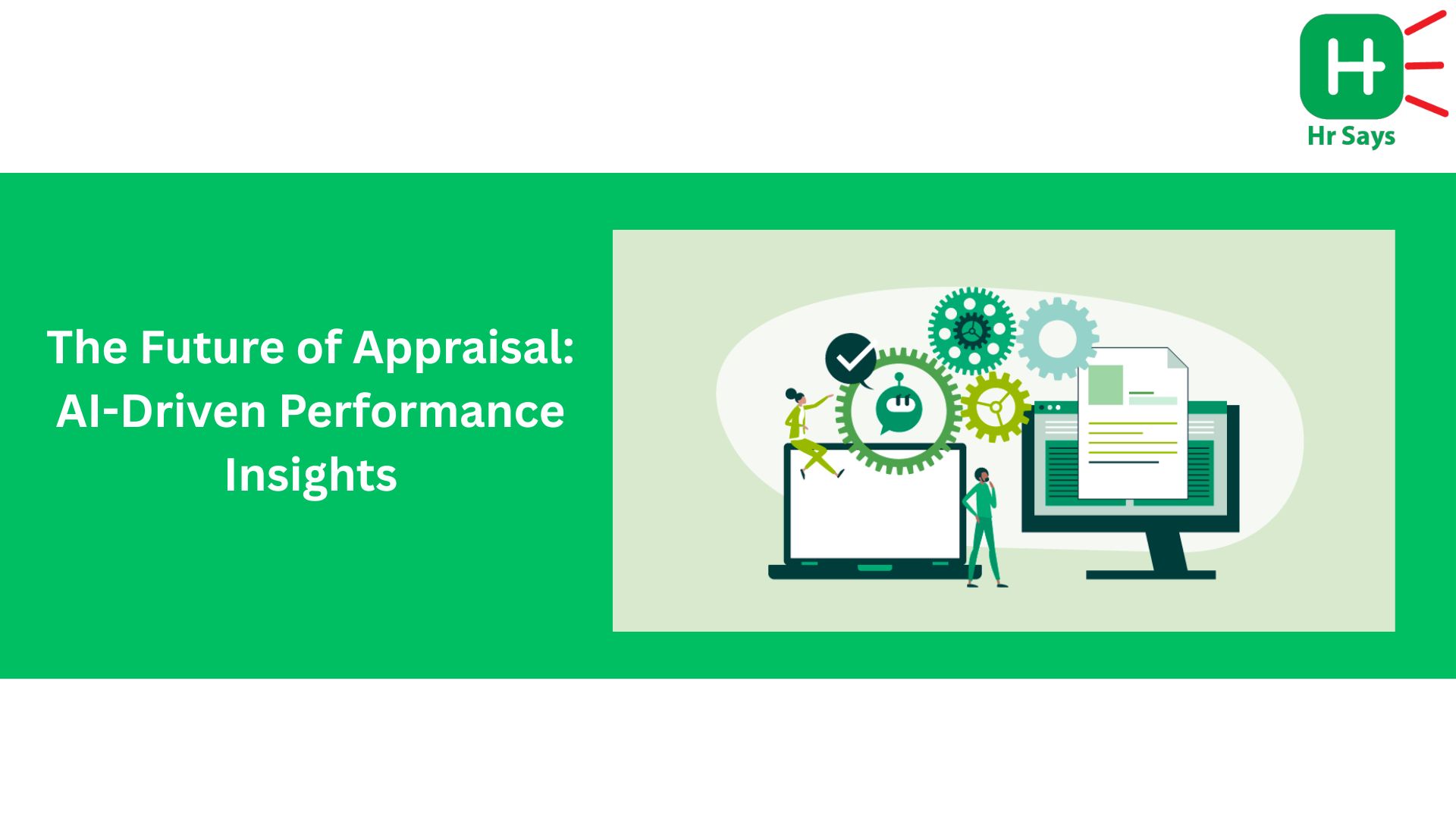
.jpg)
